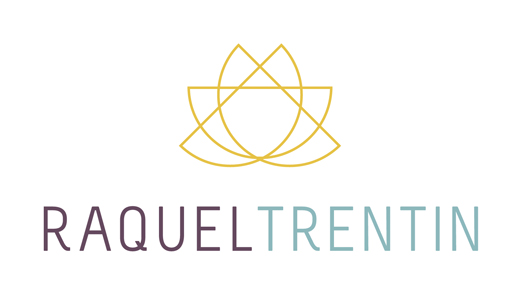A non-exclusive teaming agreement is a contract between two or more companies who agree to work together on a specific project or objective. The agreement details the terms and conditions of the partnership, including the roles and responsibilities of each party involved.
Unlike exclusive teaming agreements, where the parties agree to work exclusively with each other, a non-exclusive teaming agreement allows companies to work with other partners on similar projects. This type of agreement provides both parties with more flexibility in choosing other collaborators and projects to work on.
Non-exclusive teaming agreements are often used in industries where collaboration is critical to the success of a project. For example, in the field of construction, different companies may team up to bid on larger projects that require a range of skills and expertise. Similarly, in the tech industry, companies may collaborate on joint ventures to develop new products or services.
One key benefit of a non-exclusive teaming agreement is that it allows companies to pool their resources and expertise to achieve a common goal. This not only improves the efficiency of the project but also results in higher quality and more innovative outcomes.
Another advantage of this type of agreement is that it can reduce the financial risks involved in a project. By sharing the costs and risks of a project, each company involved can mitigate its own exposure to potential losses.
When drafting a non-exclusive teaming agreement, it`s essential to have a clear understanding of the roles and responsibilities of each party. The agreement should also clearly state the objectives of the partnership, the scope of work, and key performance indicators (KPIs) to measure the success of the project.
It is also essential to consider any potential conflicts of interest that may arise during the partnership. It`s important to establish clear guidelines for conflict resolution to ensure that the project remains on track.
In summary, a non-exclusive teaming agreement is an effective way to bring together the expertise and resources of multiple companies to achieve a common goal. By establishing clear roles, responsibilities, and guidelines for conflict resolution, the partnership can be highly successful.
